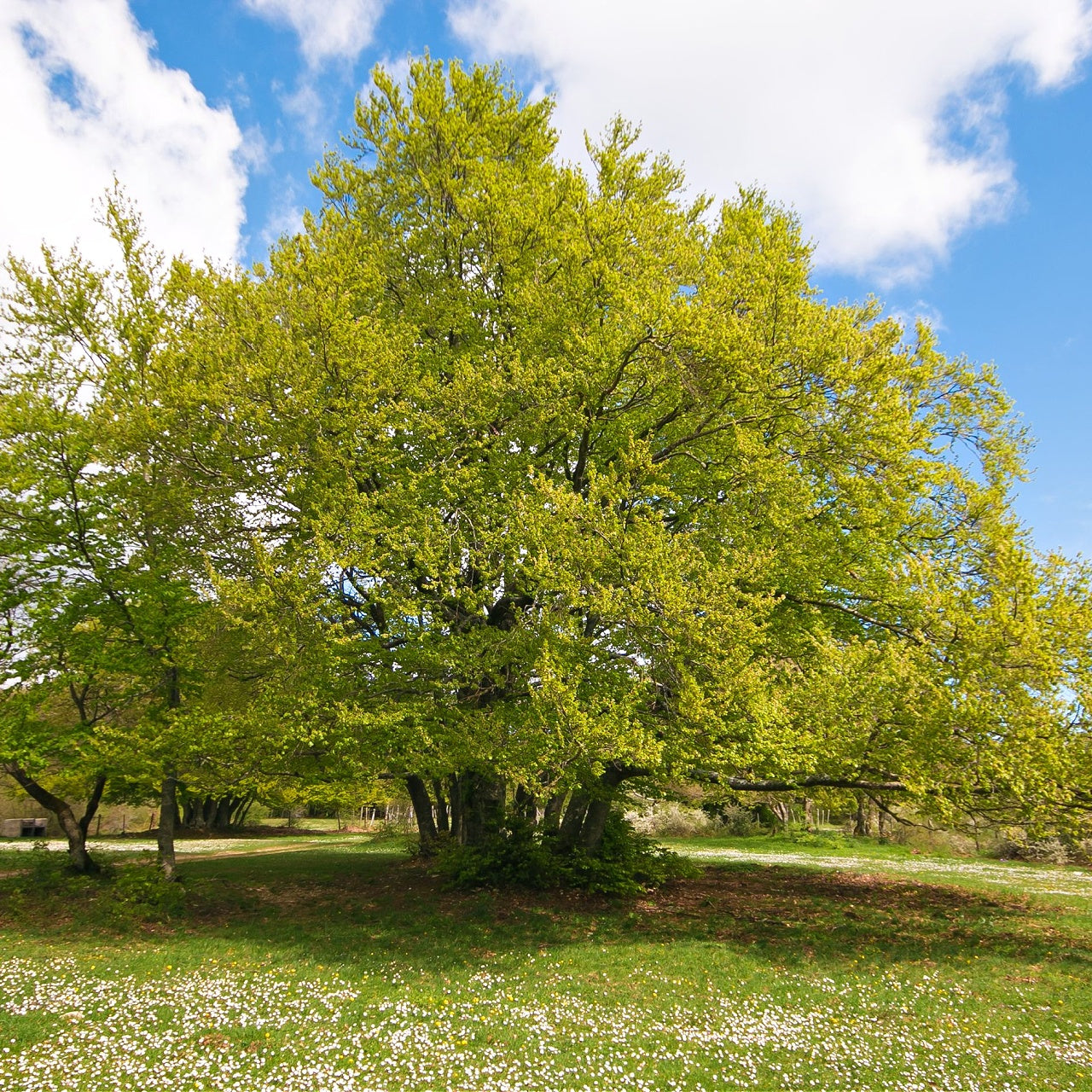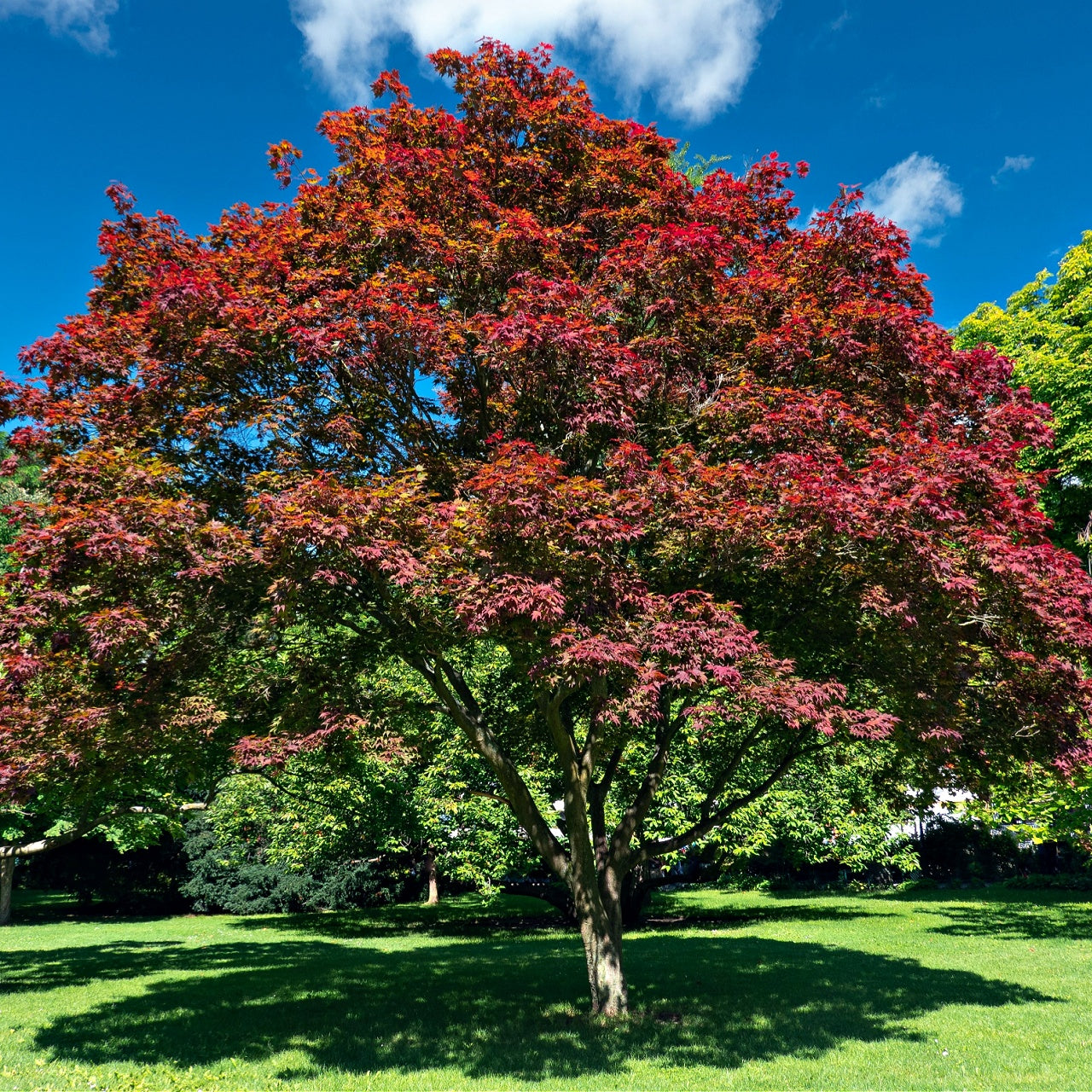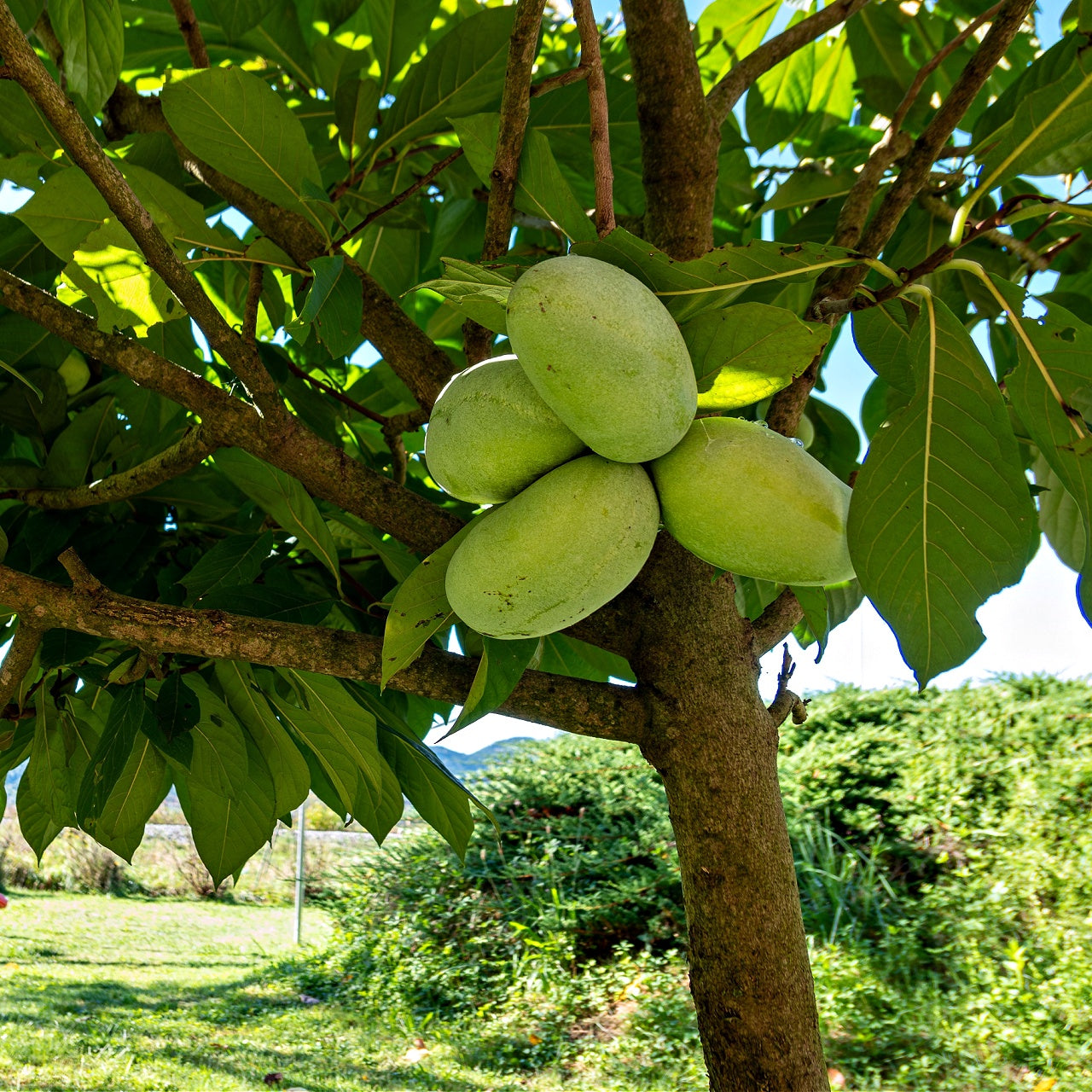
Revitalizing Urban Lots
Revitalizing Urban Lots
Adaptive Reuse of Urban Lots: A Path to Sustainable Growth
Urban landscapes constantly evolve as they respond to population shifts, economic conditions, and cultural changes. The continuous change in city dynamics leads many properties to become unused and abandoned, resulting in vacant spaces that create visual blight and represent wasted potential. The adaptive reuse of unused urban properties represents a viable strategy for creating rejuvenated urban environments. Urban areas gain social, economic, and environmental benefits when empty or underutilized land gets transformed into spaces that provide employment opportunities and foster cultural engagement and community belonging. Despite challenges, the potential for success of these projects exists because municipal authorities, architects, and urban planners understand sustainable development requires effective use of current spaces.
Embracing the Past
A key element of adaptive reuse in urban areas involves how it pays tribute to the city's historical fabric. Vacant lots showcase historical layers by reflecting development trends, architectural styles, and zoning regulations. Derelict spaces serve as tangible markers of economic downturns or structural changes that affected neighborhoods in the past. Repurposing vacant lots creates a conversation between historical significance and future possibilities. Designers and planners who maintain key historical elements like original masonry walls and century-old foundations can build new developments that honor the past while providing modern amenities. Research into local stories and traditions becomes more prominent through this approach, which makes adaptive reuse projects a catalyst for community heritage interest. Neighborhood pride emerges when residents witness their shared history brought back to life through intentional design, which leads to stronger collaboration and more profound community identification.
Historic preservation does not require sacrificing modern comfort or innovative design elements. Through adaptive reuse techniques, advanced technology and contemporary design features enable previously unused sites to serve present-day urban requirements. Historically, industrial areas can be redeveloped into active cultural districts with performance venues and art galleries. Old industrial architecture elements stay visible to educate visitors about their origins, while energy-conservation features and eco-friendly rooftops demonstrate modern sustainability efforts. Combining historical elements with contemporary features revitalizes city infrastructure while bringing attention to previously ignored urban areas.

Innovative Designs
The adaptive reuse process generates new possibilities for creative expression and innovative solutions. Neglected urban lots show distinct limitations, including soil and space constraints, pushing architects and developers to develop innovative planning solutions beyond traditional approaches. The design process requires meticulous consideration of each square foot to maximize site potential, regardless of whether the site is small or sprawling and located centrally or in a back alley. Constraints force architects to develop innovative concepts like vertical gardens, mixed-use buildings, compact housing solutions, and eco-friendly construction materials. City planners who apply new perspectives to lots can create multi-functional spaces that host co-working areas, micro-apartments, and public plazas for social interaction. Adaptive reuse of buildings creates significant connections to sustainable practices. Through infrastructure repurposing, adaptive reuse minimizes new material requirements and decreases carbon emissions. New designs demonstrate how small urban plots can support environmental goals by seamlessly integrating water conservation systems, solar panels, and green roofs. These architectural advancements demonstrate how sustainable living principles align with modern design practices. Urban designers who recognize disused spaces as untapped resources become driven to explore innovative ideas that drive cities toward sustainable and dynamic development.
Adaptive reuse transcends the typical task of building new structures. Certain unused land areas provide ideal conditions for transformation into recreational parks or agricultural spaces like community gardens and urban farms. These green areas do more than decorate a neighborhood: They perform multiple functions by cleaning air quality, cooling surrounding temperatures, and creating homes for small animals. Neighborhoods take pride in innovative green spaces that promote healthy living as public awareness about environmental issues grows.
Benefits for Communities
The strongest argument for the adaptive reuse of urban lots lies in how it provides substantial advantages for local communities. Collaboration between developers and city officials to bring new life to abandoned spaces creates openings for social involvement and educational and employment benefits. New retail stores or restaurants in renovated buildings create local employment opportunities and increase area growth. Mixed-use developments integrate residential spaces with work and cultural facilities to create a dynamic environment where people from different backgrounds live together. The local availability of services and activities creates a walkable neighborhood environment, which minimizes car usage and enhances sustainability efforts.
Communities gain from adaptive reuse projects by developing stronger social connections among residents. Public squares and community gardens transform previously isolated areas into welcoming spaces for neighborly gatherings that build friendships and enhance local connections. The neighborhood becomes more lively through regional events such as concerts and farmers' markets in revitalized spaces that draw visitors throughout the city. The increased number of pedestrians boosts local commerce while fostering shared responsibility among residents, which helps maintain safety and cleanliness in the area.
Transforming vacant lots into cultural centers, museums, or libraries offers educational and cultural benefits. Children and adults find educational value in these institutions' workshops, reading programs, and interactive exhibits. Underserved communities benefit substantially from these initiatives since they often lack sufficient recreational and educational facilities. Cities create educational and cultural hubs from neglected parcels of land to build their residents' intellectual and social value while establishing foundations for sustainable community growth.
The achievement of adaptive reuse projects depends heavily on the ability of municipal authorities, developers, and local citizens to work together. Project success stems from trustworthy planning and communication, resulting in developments that fulfill local populations' needs. Proper adaptive reuse of urban lots guides cities to protect their cultural heritage while promoting economic progress and improving residents' quality of life.






